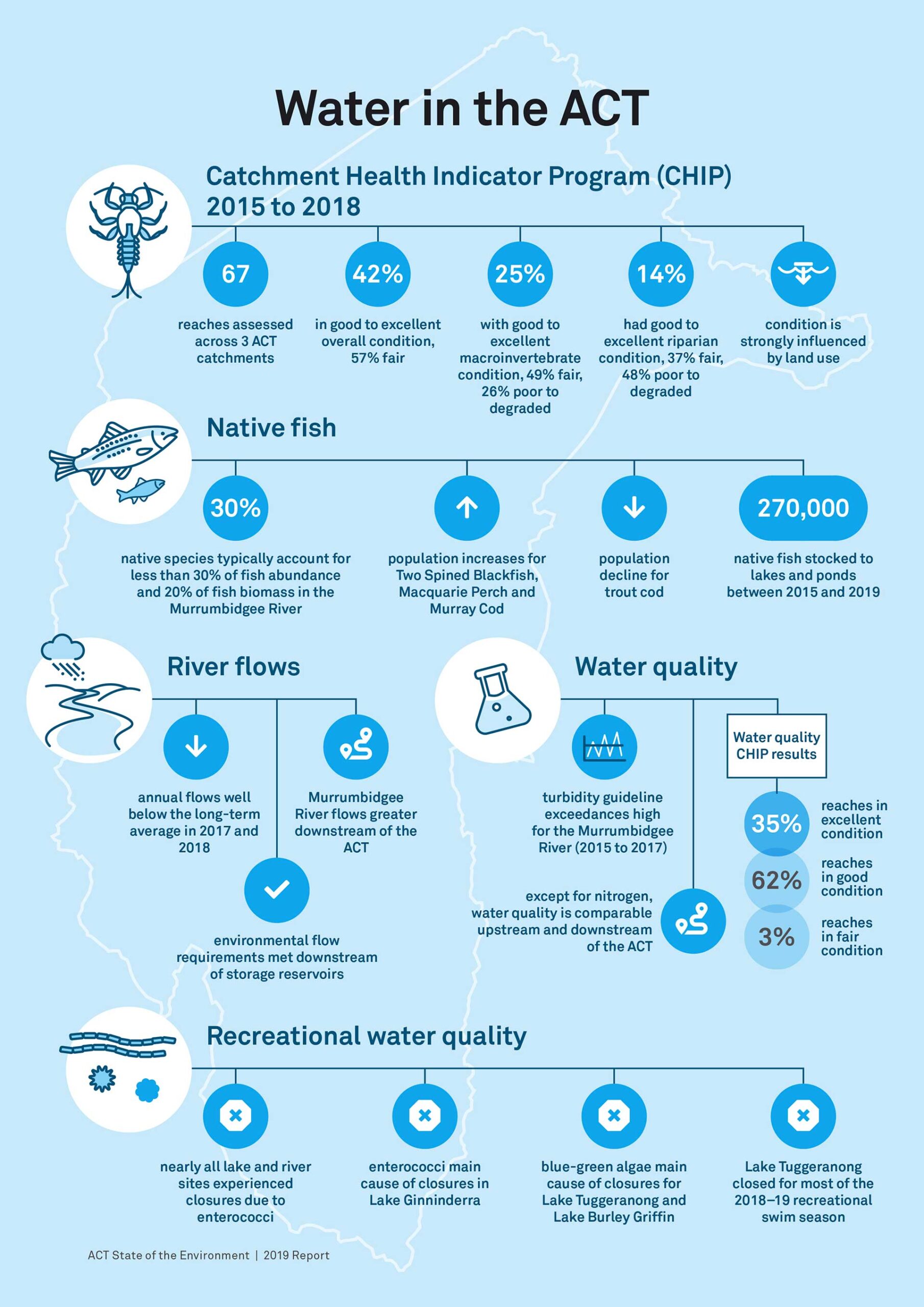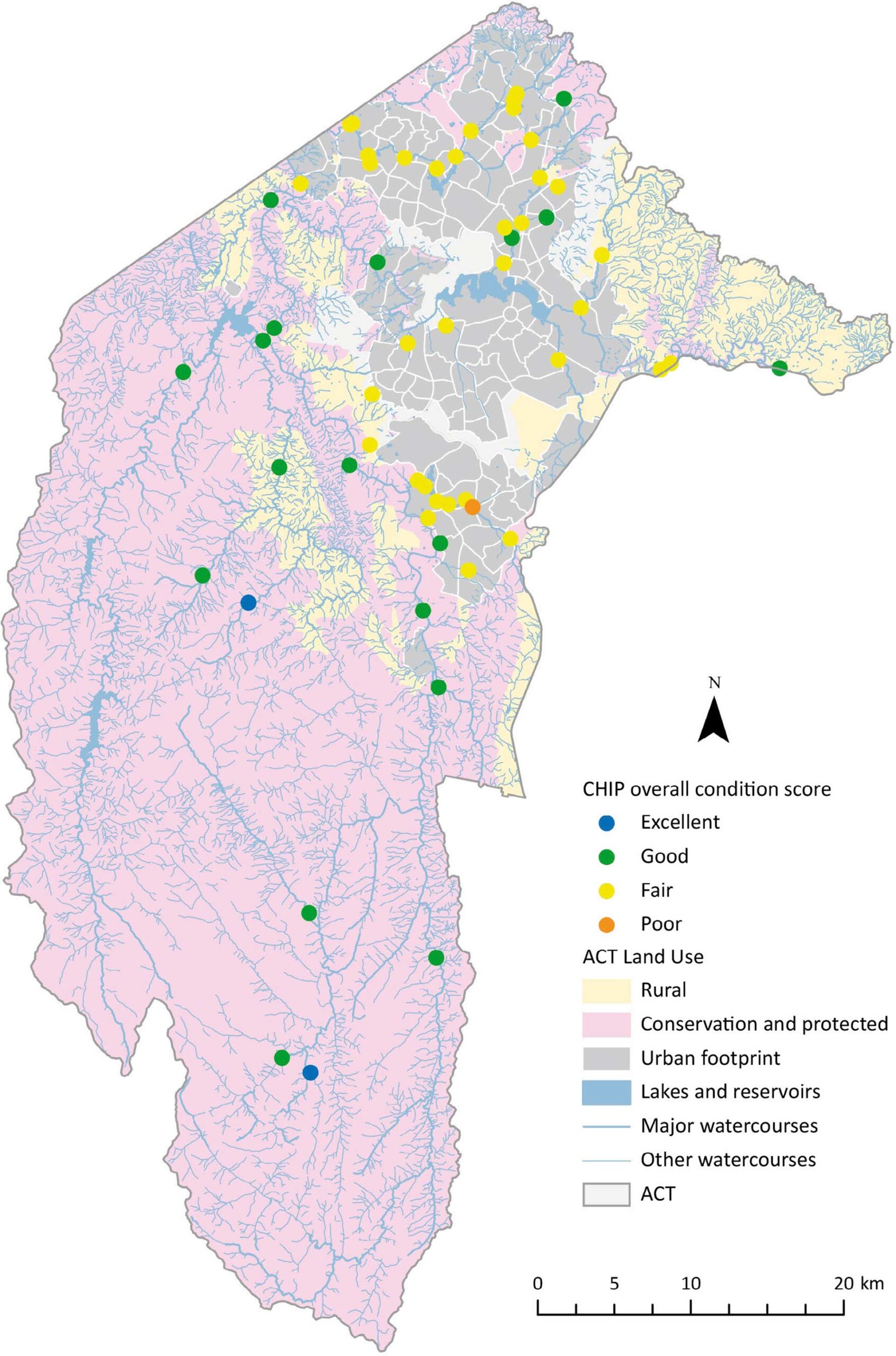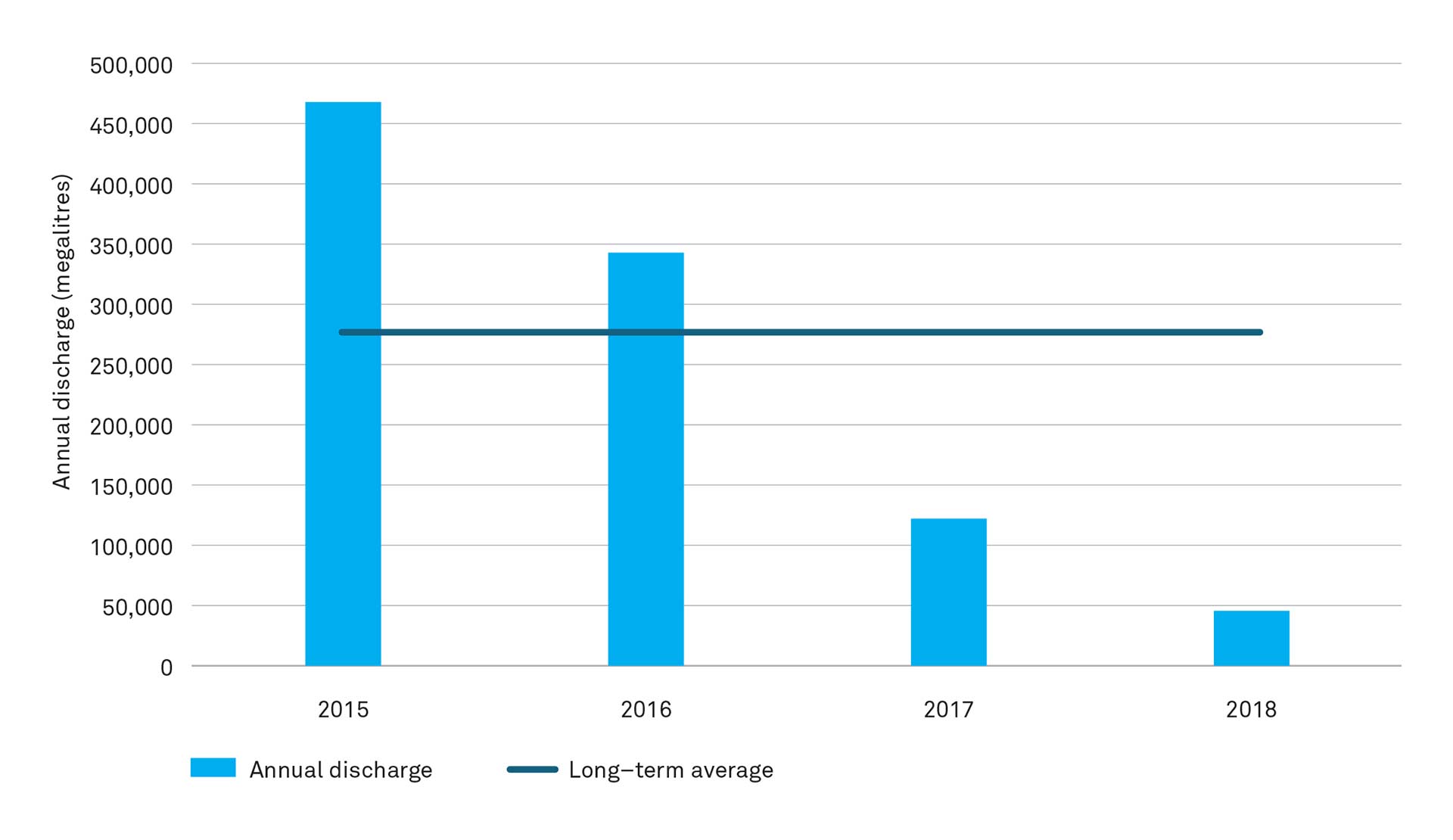- The health of ACT’s aquatic ecosystems
- Threats to aquatic ecosystems in the ACT
- Recreational water quality
What are the main water findings from the 2019 ACT State of the Environment Report? See the infographic below to find out.
The health of ACT’s aquatic ecosystems
The ACT’s aquatic health is assessed using the CatchmentAn area of land on which rain falls, this land then helps to More Health Indicator Program, or CHIP for short. This program assesses catchmentAn area of land on which rain falls, this land then helps to More (an area where rainfall is collected by the landscape) health in the ACT region using data collected by Waterwatch volunteers and staff. Assessments include water quality data, macroinvertebrate (water bugs) abundance and diversity, and riparianThe land and vegetation beside rivers and other aquatic area More vegetation. When combined for an individual stretch of waterway (known as a reach), these data produce a score that indicates the overall health of that reach. You can find more information on CHIP, or find a local Waterwatch group to get involved in the program, on the WaterWatch website.
CHIP results show that overall, the ACT’s aquatic ecosystemA collection of interacting living and non-living things. A More health is considered fair in urban and rural areas and good to excellent in conservation areas. This shows that the condition of aquatic ecosystemsA collection of interacting living and non-living things. A More is strongly influenced by land use. There were some urban areas in good health, which shows that with careful management and use of water-sensitive design, it is possible to live in harmony with our waterways.
Threats to aquatic ecosystems in the ACT
Aquatic ecosystemA collection of interacting living and non-living things. A More health is dependent on the quality of our land and ecosystemsA collection of interacting living and non-living things. A More, and the amount of water flowing into our rivers, lakes and wetlands. This means that climate change, land clearing, and highly modified landscapes such as urban areas and agriculture are the main threats to aquatic ecosystemA collection of interacting living and non-living things. A More health in the ACT. BushfiresA fire that burns in grass, bush or woodland and can threate More are also a significant threat to river health and the quality of water in our reservoirs. These threats are discussed below.
Climate change
Climate change is causing drier periods and longer droughts (see Climate is changing section), making rivers and lakes stagnant, and killing plants and animals in our aquatic ecosystemsA collection of interacting living and non-living things. A More. Climate change is also increasing storms and floods, eroding waterways and washing more pollutants into rivers, lakes and wetlands.
Fire
BushfiresA fire that burns in grass, bush or woodland and can threate More (see Fire and its impacts section) burn the vegetation that protects soil from erosion. Rain can then wash the soil into waterways and reservoirs. This makes the water turbid (muddy) and high in nutrients. This can kill some aquatic species and lead to algal blooms. BushfireA fire that burns in grass, bush or woodland and can threate More ash also makes waterways turbid, reducing oxygen levels and causing the deaths of fish and aquatic insects. Very turbid water can block out light, killing underwater plants which can no longer photosynthesise.
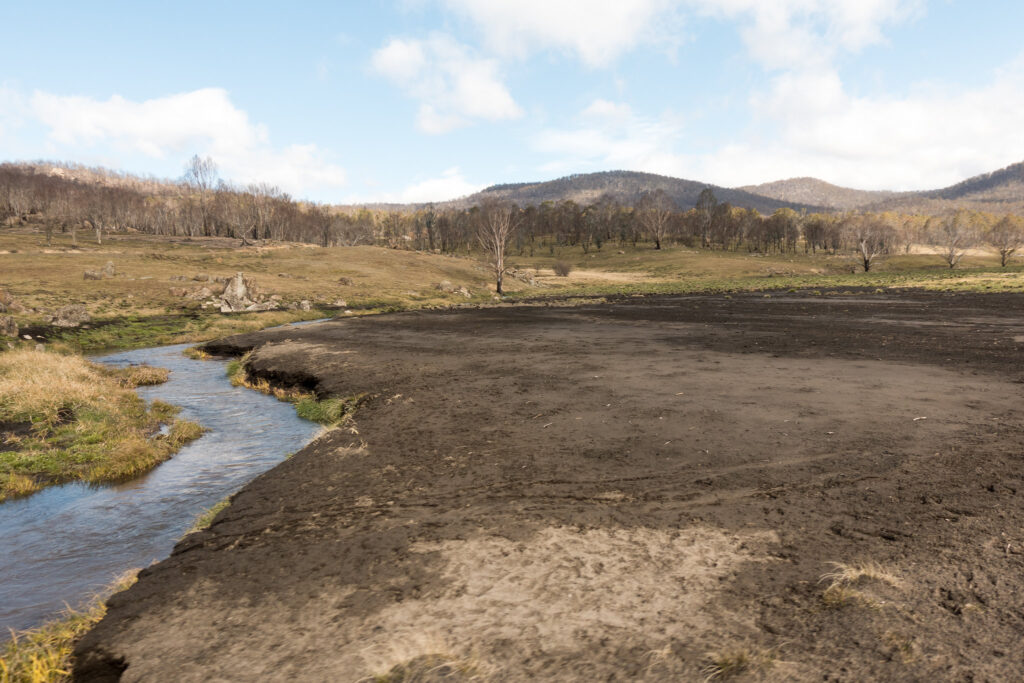
Changes in river flow
A river’s flow may change for a number of reasons. Drought reduces available water, and erosion changes where and how the river moves through the land. As well as these natural effects, river flow can be changed by humans. Dams intercept and store water, reducing river flows. We have created river channels and diverted rivers to supply water for people, agriculture and industry. While these activities have made clean water available in our homes, they can harm the environment.
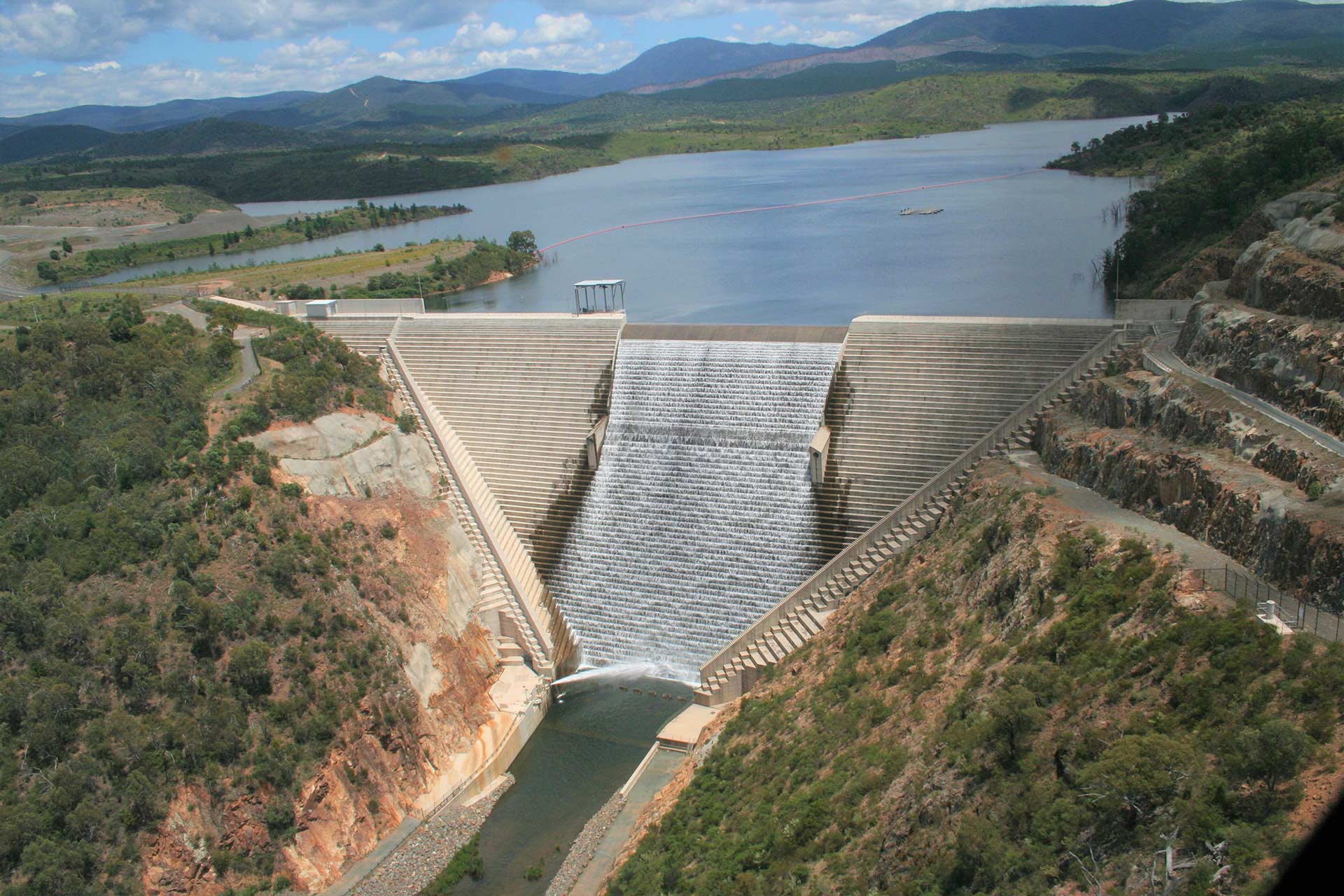
Aquatic species rely on plentiful water in rivers to breed, develop and migrate. If there is not enough water, their numbers will decline. Plant species that need regular flooding events also decline if water flow is too restricted. Whilst native species have adapted to natural variation in flows, long-term drought conditions put considerable stress on aquatic ecosystemsA collection of interacting living and non-living things. A More and biodiversityThe variety of all life and living processes in the environm More. This means that the increased dry conditions associated with climate change can severely impact on aquatic health.
Dams, while important, collect water that would otherwise flow into river systems. Dams can make ecosystemsA collection of interacting living and non-living things. A More downstream dry out and die. This is why scientists have determined the ‘environmental flow’, or amount of water needed by an ecosystemA collection of interacting living and non-living things. A More and its species to function. Environmental flows are used to manage how much water is released from dams.
The presence of dams means that the ACT’s river flows are well below what has in the past been considered a ‘normal flow’. This is particularly true for the Murrumbidgee River. Tantangara Dam in NSW captures flows from the upper Murrumbidgee River and diverts them for hydroelectricity and irrigation (water for agriculture). Today, only 10 per cent of the Murrumbidgee’s natural flows are released from Tantangara Dam.
Introduced species
The ACT’s waterways are threatened by introduced animal species, such as carp. These fish can dominate a natural ecosystemA collection of interacting living and non-living things. A More, meaning native fish no longer have a place to live. Invasive fish numbers are high in the Murrumbidgee River; typically, less than a third of the fish in this large and important river are native. Plants such as willows can take over riparianThe land and vegetation beside rivers and other aquatic area More zones and can clog rivers when they drop their leaves. Willows can slow and divert water flow with their extensive root systems, making aquatic ecosystemsA collection of interacting living and non-living things. A More unsuitable for native species.
Land use and habitat loss
When we change the land for other uses such as farming, forestry or urban development, we remove native vegetation. The impact of vegetation loss on water quality varies across the ACT. As you might expect, the healthiest areas are those near or within conservation areas, because there is plenty of native vegetation to support healthy water quality through soil stabilisation and filtration.
In urban areas, the addition of concrete surfaces prevents water from soaking into the ground, creating unnatural runoff that can transfer pollution and cause erosion. Urban developments produce many pollutants, including fertilisers, chemicals, salt, soil, oil and sewage. The loss of native plants, especially those that are riparianThe land and vegetation beside rivers and other aquatic area More (those growing beside rivers and waterways), results in the loss of nature’s filtration system. This means the water flowing into rivers, lakes and other waterways is not as clean. A reduction in water quality can affect the health of native aquatic species and can make it unsafe for activities such as swimming, boating and fishing.
Removing native vegetation for forestry and agriculture (such as growing crops and grazing animals) exposes the soil to erosion from wind and water, as it is no longer held together by plants and roots. When fast-flowing water runs over exposed land, without soaking in, it carries soil and chemicals with it. Chemicals and fertilisers that help farm crops grow also then get washed into waterways. These pollutants can be damaging to water sources in a number of ways. For example, nutrients (nitrogen and phosphorous) that are intended to support the growth of crops, instead support unnaturally high growth levels of species such as algae. When lots of algae grow across the surface of water, it limits the light and oxygen available to underwater species, and they can die. Algae (such as blue-green algae) can release toxins into the water, making it unsuitable for people to drink or use for recreation.
While there are areas of land that have to be developed for us to live, we need to do this in a way that creates less impact.
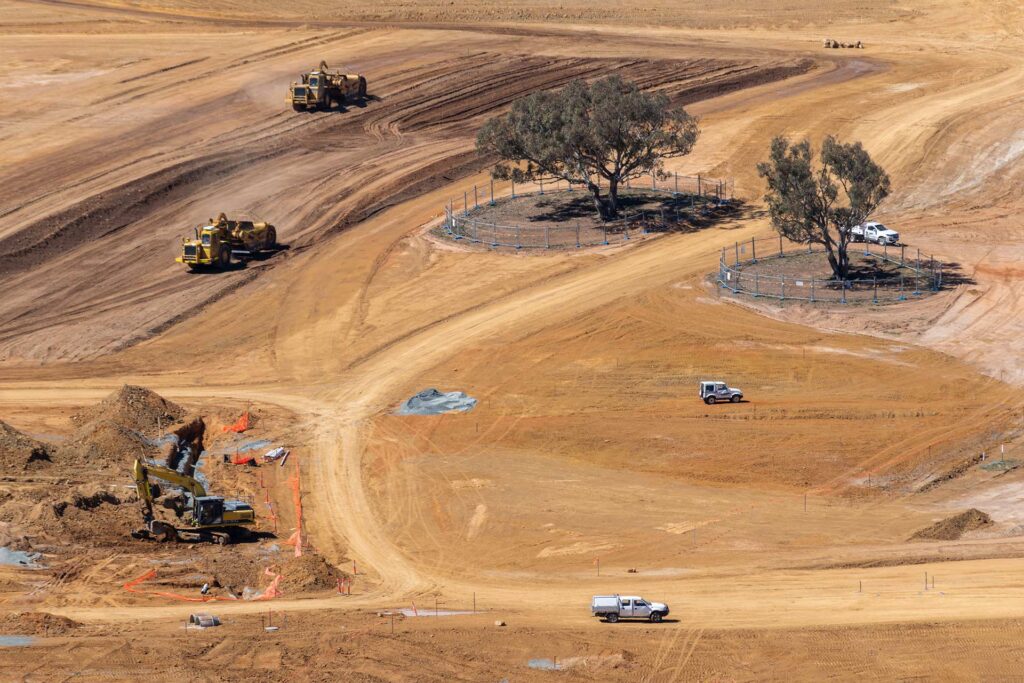
Recreational water quality
Recreational water quality refers to the suitability of water for swimming and other activities that involve direct contact with the water. Canberra’s lakes and rivers are important for recreation and provide places to cool down on hot summer days. However, the use of lakes and rivers depends on having good recreational water quality.
The ACT’s recreational lakes and rivers are considered to be in poor health and regularly have to close. This is due to toxic algal blooms and because of bacteria called enterococci. People who ingest this bacteria or the algae’s toxins can get sick. Waterways end up with this kind of pollution mainly due to run-off from urban areas (such as from roads and industry) and farms (such as fertilisers and animal waste). Climate change is contributing to poor recreational water quality in the ACT through hotter days, drier conditions, and severe storms. These conditions increase the likelihood of algal blooms and high levels of enterococci.
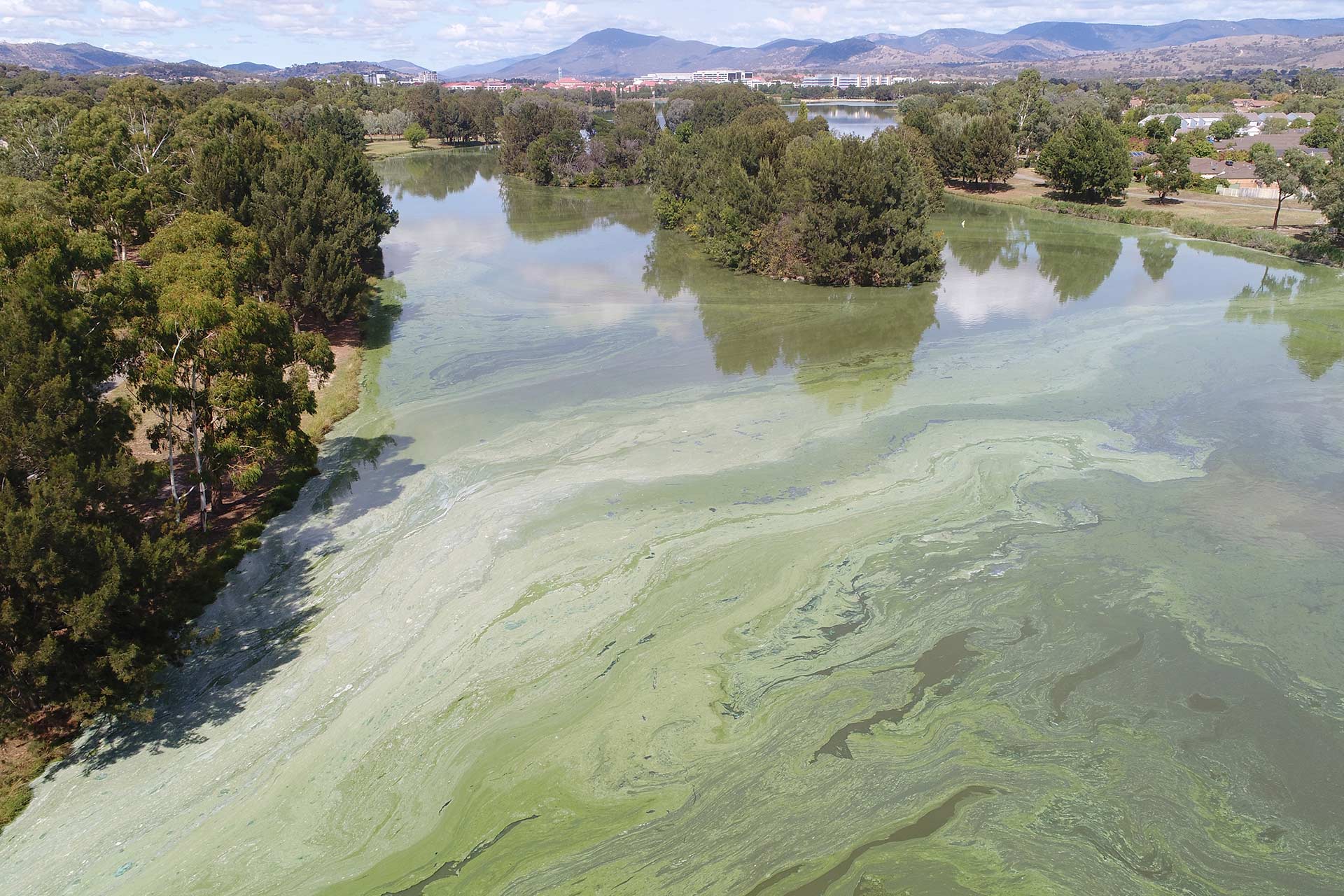
The ACT needs more effective ways to prevent polluted run-off and to improve recreational water quality so that people can enjoy our lakes and rivers. For example, Lake Tuggeranong was closed for most of the 2018–19 recreational swim season due to severe blue-green algal blooms.

